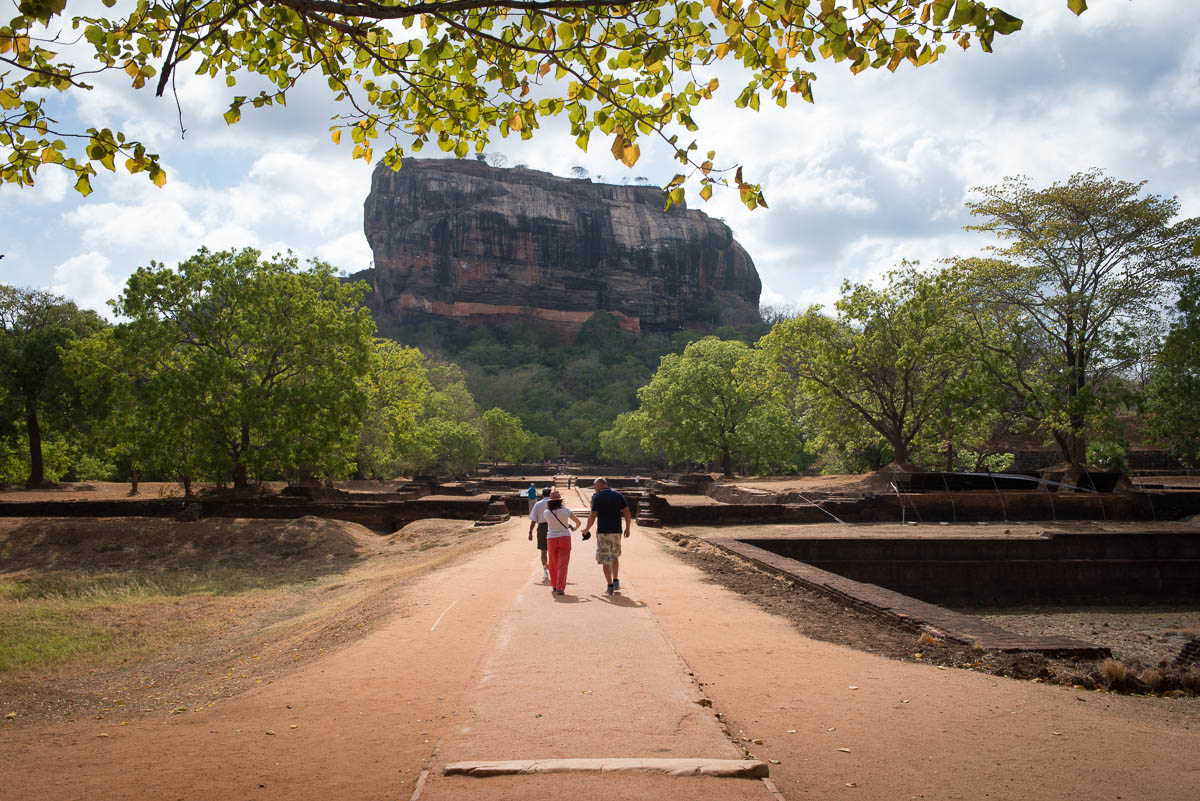
“Sri Lanka’s Incomparable Sigiriya”
I do a lot of traveling for my photography and have been fortunate enough to visit scores of historical sites, many cultures and architectural wonders. But if I had my way, Sri Lanka’s Sigiriya Rock Fortress would rank as one of the Seven Wonders of the ancient world.
A Complex History
Protruding like a beacon from the surrounding flat landscape, the red-toned Sigiriya rock is impressive. The first people to utilize the Sigiriya site were Buddhist monks who built a monastery carved into the rocks in the Second century B.C. Even today, visitors can see the remains of the meditation caves and platforms cut into rock.
It was with the appearance of King Kassapa in the 5th century that Sigiriya reached prominence. Having killed his own father to ascend to the throne, the king feared the vengeance of his brother, who escaped into exile. Over the next 18 years, Kassapa used thousands of workers to build Sigiriya as both a fortress and playground.
Surrounding the fortress is a two-moat system to deter attackers. As you enter the site you see the remains of a complex of huge water gardens, replete with fountains that were ingeniously engineered by channeling water from the cliff to run down forcefully into square pipes that culminated in ceramic plates pierced with holes.
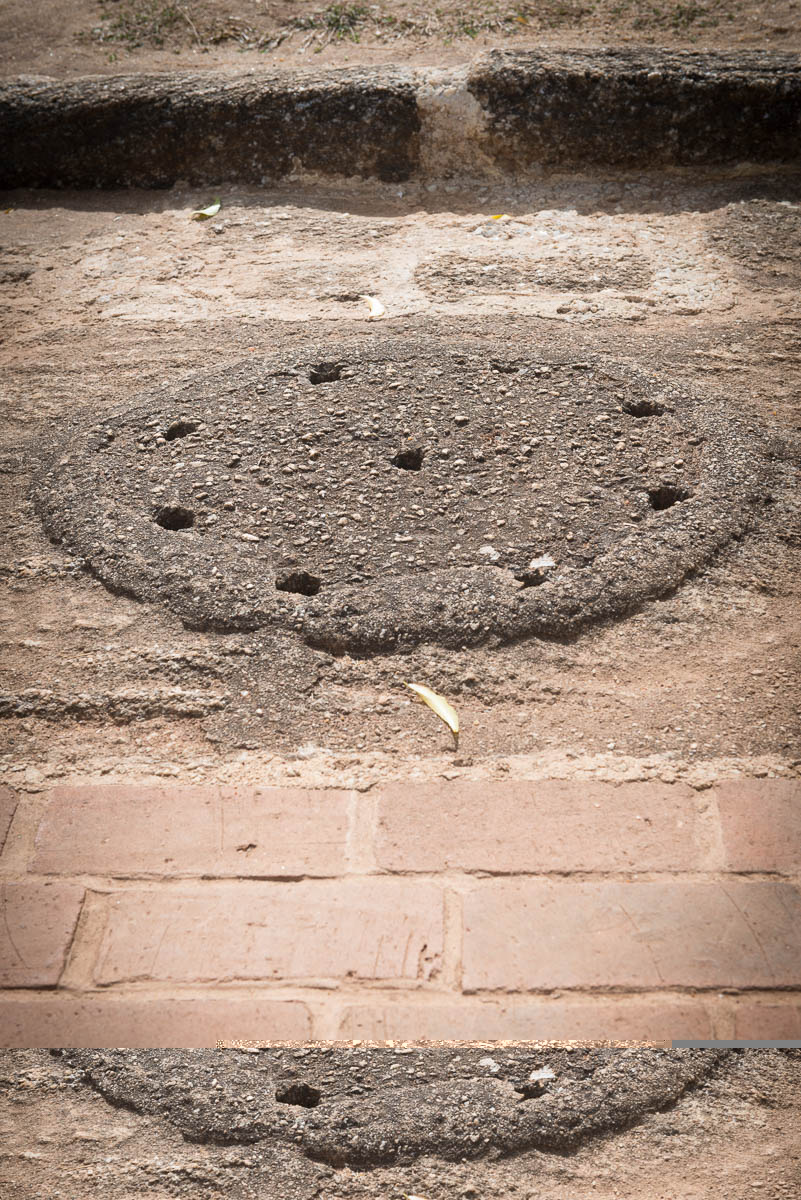
Holes for water fountain
These immense water gardens must have been utterly opulent in their day, with access to them for the privileged few in the King’s retinue.
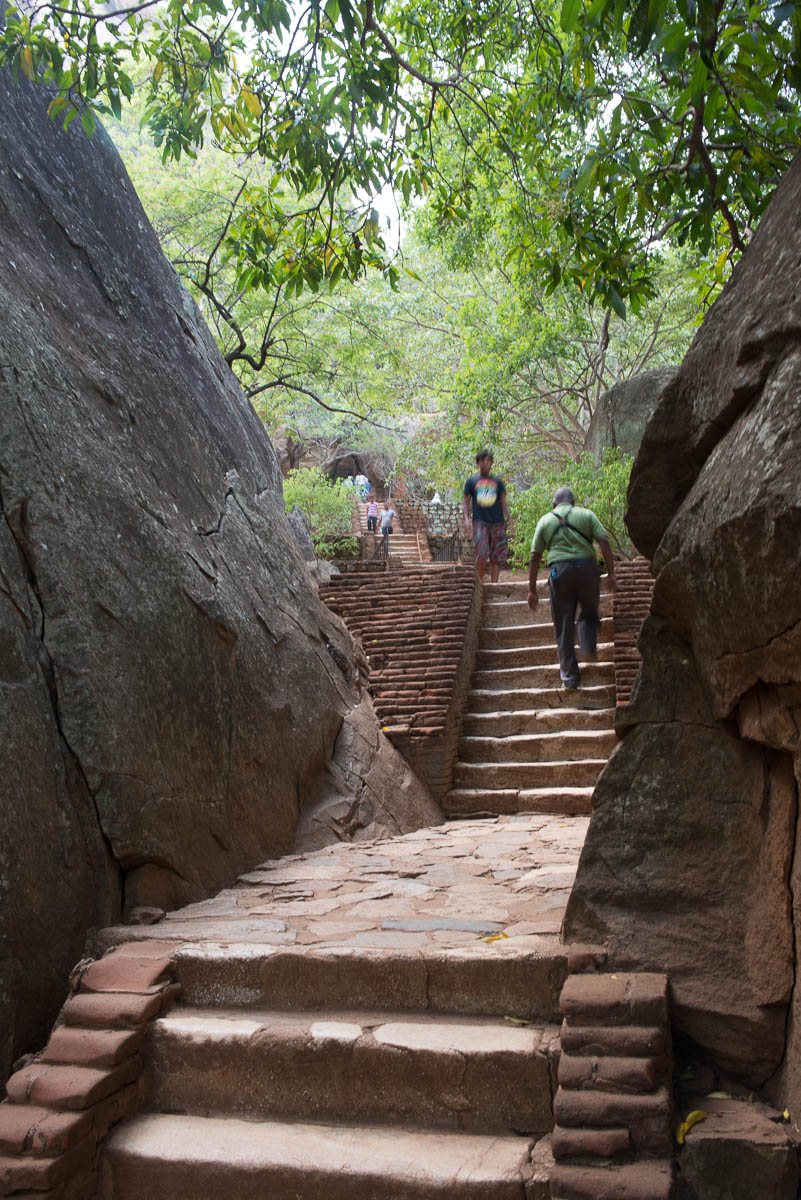
Sigiriya stone steps
As you climb the hundreds of steps that lead to the base of the fortress itself, you come upon the still intact drawings of the King’s concubines. What was stunning to me was the fact that the artists layered plaster directly to the rock walls of caves, then wet painted the figures on them.

The King’s concubines
Finally, a hundred or more steps later, one reaches the plateau that the pinnacle sits on. Originally, there were the paws and face of a lion carved into the rock. One ascended to the top by walking through the neck of the lion and up the remaining steps up switchbacks along steep precipice. Today a metal staircase allows visitors to reach the plateau where the King’s palace was situated.
Back down the path, tourists confront the remnants of a series of striking gardens, Buddhist prayer caves and marvels of rock engineering. In one spot the builders cleaved an impossibly huge rock face.
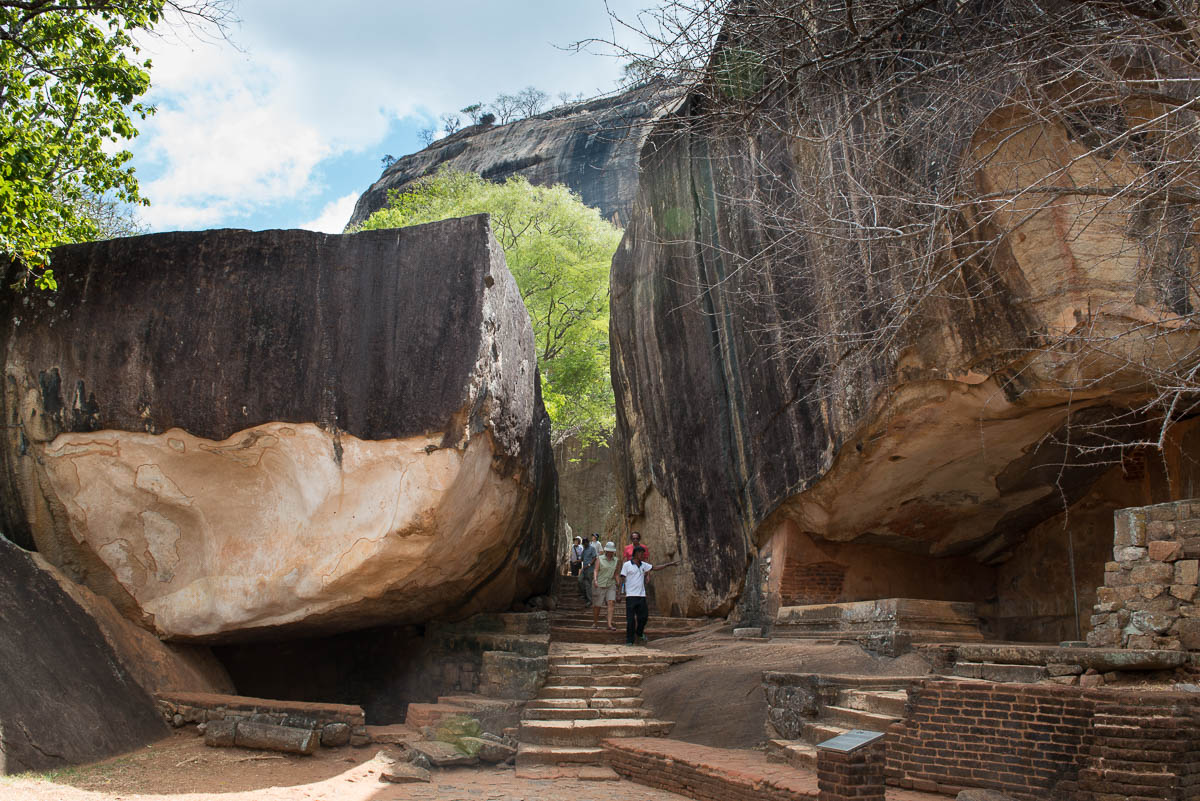
Cleaved rock
When it rolled onto its side they carved out an outdoor audience hall where the King met with his subjects. Impressive to say the least.
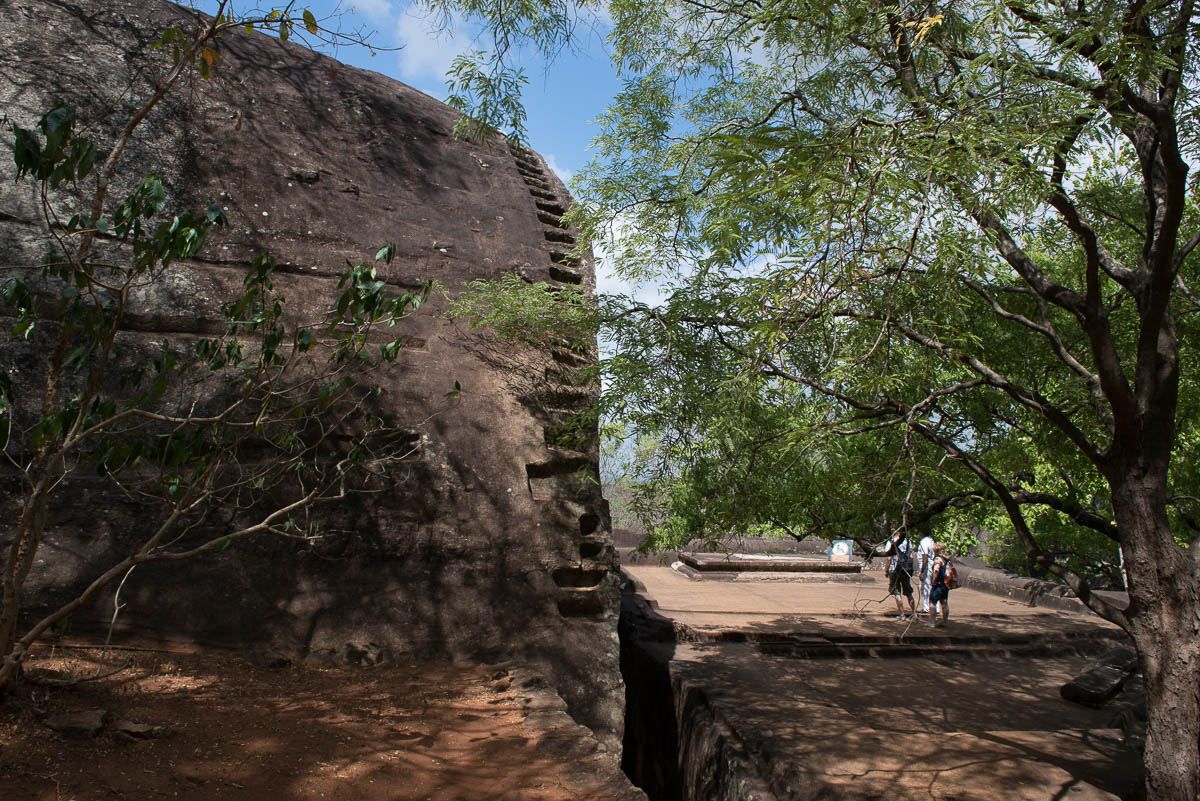
King’s audience hall
If You Go
If you are fortunate enough to get to Sigiriya, be sure to have sturdy shoes for the climb. The Sri Lankan climate is hot and usually humid, so bring more water than you think you will need. It is best to go in early morning or late afternoon. Sunscreen and hat, of course, are important.
A camera is essential, but with the rock faces so close, even a simple point-and-shoot will work nicely. I used my iPhone for several of these images. In a few days I’ll return here with the folks in my [photo tour] (http://www.lesterpickerphoto.com/2014/06/13/sri-lanka/). I always look forward to people’s reaction to this UNESCO World Heritage Site.
The Rest of the Story
By the way, all the King’s efforts and all the King’s men, could not stop the King’s brother from exacting his vengeance. The brother returned with an army and laid siege to the fortress. When the King descended to bate his brother, he found himself alone, abandoned by his own people. He was immediately killed.